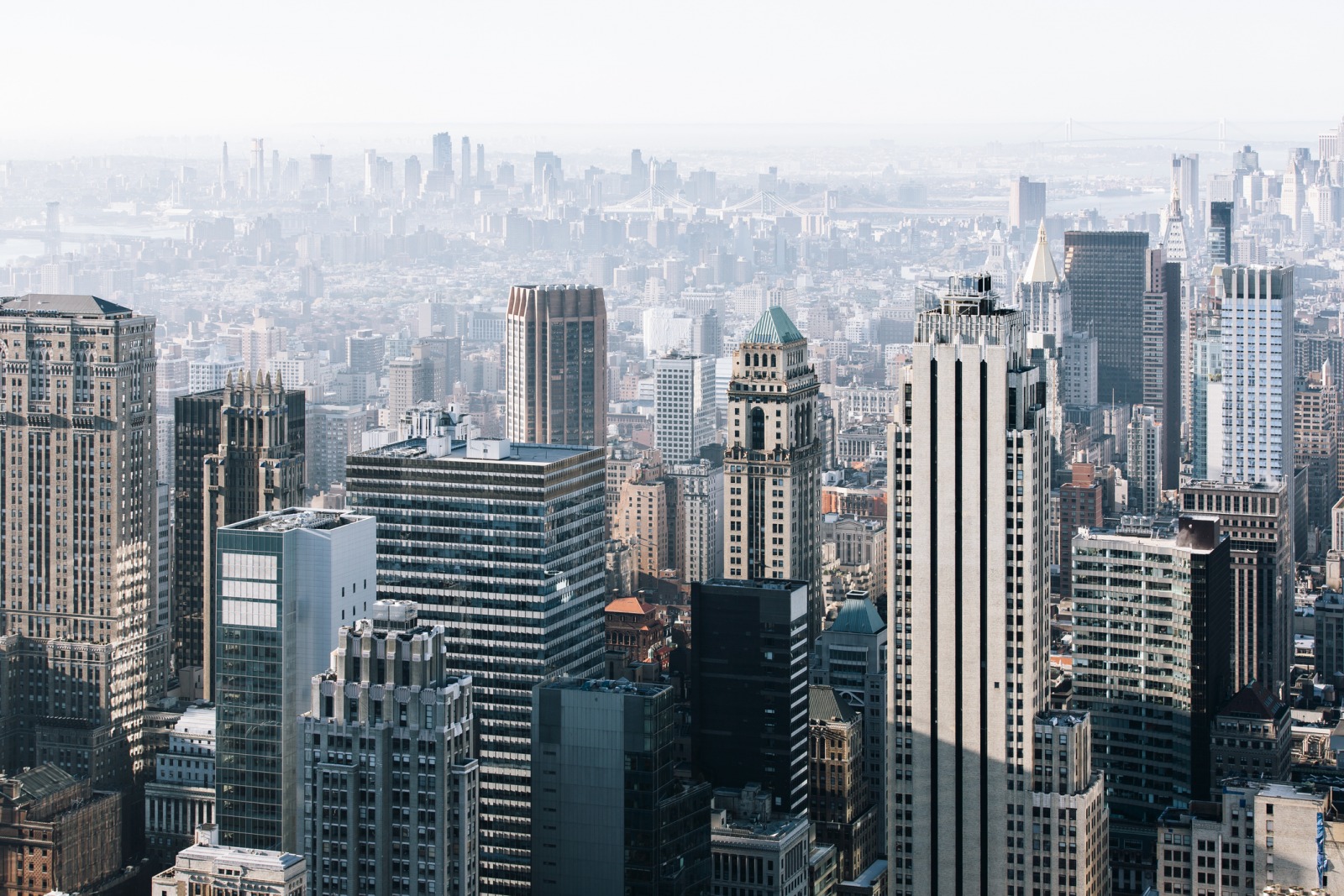If “Gotham” is for superheroes, then “the Big Apple” is for tourists and T-shirts and souvenirs. It’s such a common phrase that it makes one wonder why New York is called the Big Apple in the first place.
Whether you appreciate New York City’s best-known sobriquet or not, the famous nickname has come a long way since its origins in the 1920s. But just how it came to be the city’s stickiest moniker isn’t crystal-clear.
The Dark Side of The Big Apple
The most prevalent theory of where “the Big Apple” comes from involves a trip to the seedy part of town.
In the early 1800s, a French immigrant named Evelyn Claudine de Saint-Evremond arrived in New York. A woman of high society, Mademoiselle Saint-Evremond was engaged to be wed to John Hamilton, son of Alexander. For reasons lost to history, the marriage failed to materialize. Not one to succumb to poor fortune, Evelyn raised money from admirers to open a brothel in a building that still stands at 42 Bond St.
The brothel was highly successful. Evelyn, who was by then known as “Eve,” referred to her employees as “[her] irresistible apples.” Eve’s brothel was famous all over the city. Famous enough that “the Big Apple” grew to become a euphemism for the town itself.
Except, it’s all a hoax. None of the above is true. Eve’s apples are simply a satirical invention, according to the experts at the Society for New York City History. So, why is New York City really nicknamed the Big Apple?
NYC 1-3 BRs under $4,000 Article continues below
The Big Apple’s Real Origin Story
The first sighting of “the Big Apple” nickname referring to NYC dates to 1909: a book by Edward S. Martin, called “The Wayfarer in New York.” Martin wrote, “Kansas is apt to see in New York a greedy city … It inclines to think that the big apple gets a disproportionate share of the national sap.”
But that’s not exactly when the phrase took off. For that, we turn to sportswriter John J. Fitz Gerald, writing for New York Morning Telegraph in the 1920s. It’s here, with Fitz Gerald, that we come to our accepted understanding of where the nickname comes from. And that answer?
Horseracing and NYC Racetracks
On May 3, 1921, in a column on horseracing, Fitz Gerald wrote, “J.P. Smith, with Tippity Witchet and others of the L.T. Bauer string, is scheduled to start for “the big apple” to-morrow after a most prosperous Spring campaign …”
The following year, after using the nickname a few more times, Fitz Gerald explained himself: “The Big Apple,” he wrote on Feb. 18, 1924, is “the dream of every lad that ever threw a leg over a thoroughbred and the goal of all horsemen. There’s only one Big Apple. That’s New York.”
But did Fitz Gerald come up with the phrase himself? Of course not. Nothing is that simple. Fitz Gerald credited it to African American stable hands he had overheard on a trip to New Orleans in 1920.
NYC 1-3 BRs Under $700,000 Article continues below
The NYC Synonym Sticks
Though we’ll probably never know the identity of the true originator of the “Big Apple,” we can agree to agree that it was John J. Fitz Gerald who pushed the name into the public sphere. Not long after Fitz Gerald’s explanation, the famous newsman Walter Winchell picked it up, peppering his broadcasts with the nickname. After that, it couldn’t be stopped.
By the 1970s, the New York Convention and Visitors Bureau launched its first official tourism campaign to feature “The Big Apple” heavily. And in 1997, tying a bow on the fable, then-Mayor Giuliani signed legislation marking Fitz Gerald’s old apartment, located in the theater district, NYC’s entertainment capital, on the corner of West 54th and Broadway, “Big Apple Corner.”
The rest is history.
—
Inspired to find your next place in New York? Whether you’re looking to rent or to buy, search NYC apartments on StreetEasy.
